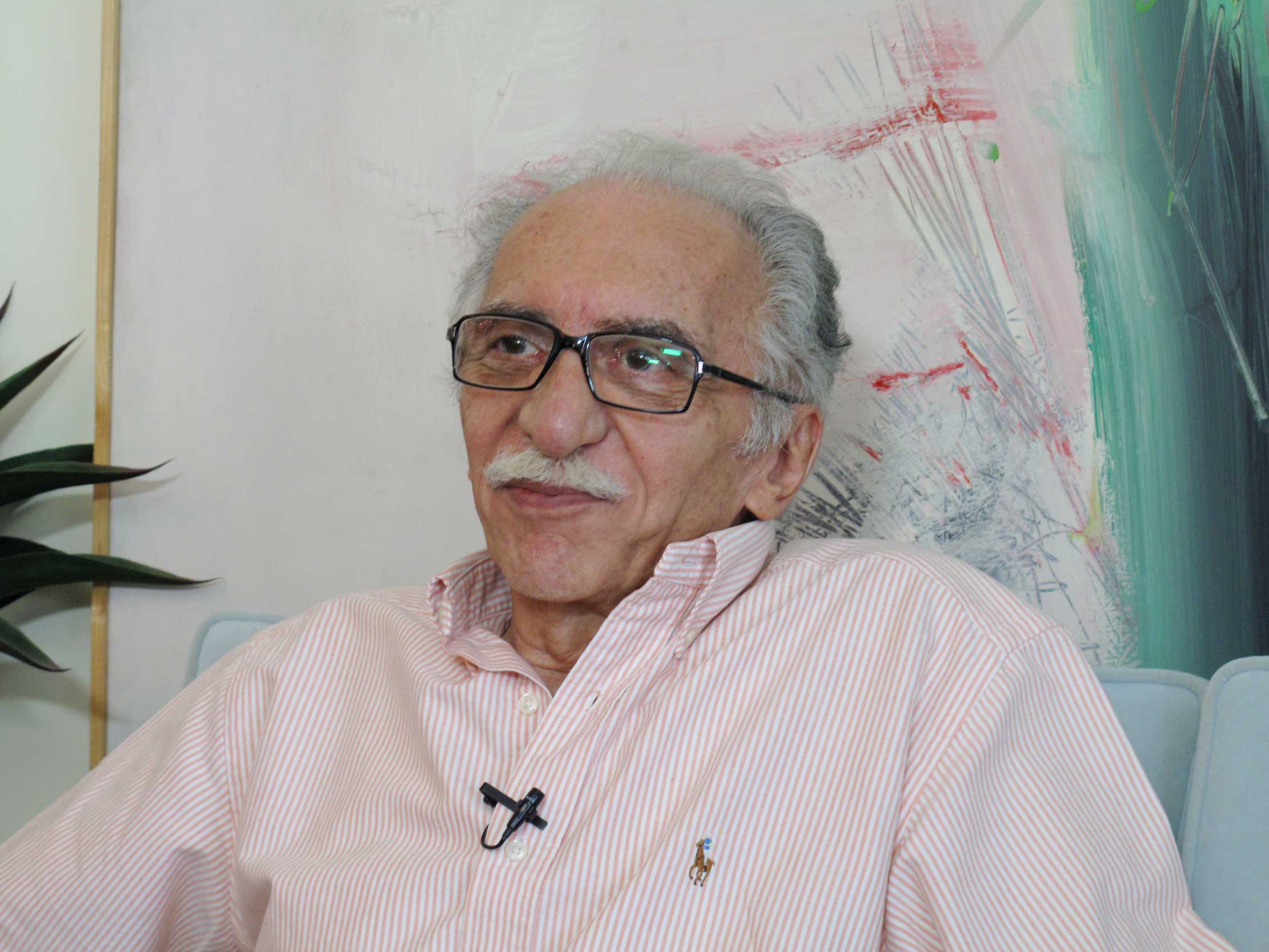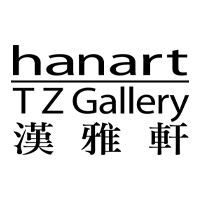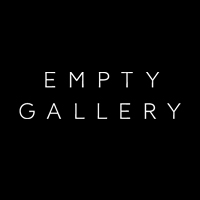Kamran Katouzian, 1941–2025
By Karen May Wai Plumptre

Portrait of KAMRAN KATOUZIAN. Courtesy Artebox, Tehran.
On March 15, Kamran Katouzian, a renowned Iranian artist, graphic designer, and teacher, passed away after battling with long-term illness. He was 83 years old.
Katouzian is best known for incorporating the aesthetic principles of graphic design in his abstract paintings, which often feature intense, wide brushstrokes. While he also created mixed-media modernist sculptures, his paintings bore a strong influence on Iran’s popular visual culture.
Born in 1941 in Tehran, Katouzian became interested in art early on in his childhood. After high school, he relocated to the US for his studies, earning a bachelor’s degree in painting and sculpture from Vermont’s Windham University in 1965.
During his time in the US, Katouzian encountered the seminal works of American abstract expressionists like Jackson Pollock, Mark Rothko, and Mark Tobey. Most notably, Katouzian’s later projects were heavily inspired by his favorite artist, Franz Kline, who was known for his gestural black-and-white paintings.
In 1963, Katouzian returned to Iran to work for the Ministry of Culture and Art before the latter was subsumed under the Ministry of Culture and Islamic Guidance. The following year, he met Changiz Shahvaq and Naser Mofakham, with whom he co-founded Saba Gallery—the first contemporary art gallery in the country.
When Katouzian was in his 30s, he turned his focus to graphics and advertising. He established the Avangard Advertising Office in 1971, then launched the Karpi Advertising Company 15 years later. With these ventures, Katouzian helped introduce a plethora of banners and billboards throughout the city, thus transforming Tehran’s urban landscape.
Katouzian was also an avid educator who nurtured new talents in the field of graphic design. He held teaching positions at the Faculty of Decorative Arts of the University of Tehran from 1969–71, and at Azad University from 1990–92.
Over the course of his career, Katouzian received widespread recognition for his artistic practice. In 1964, he won the Tehran Grand Prize at the 4th Tehran Biennale—alongside artist Jazeh Tabatabai—for his experimental painting When My Father’s Father Was Young (year unknown) and an abstract, untitled sculpture. He also represented Iran in several major international events, including the Paris Biennale in 1965, the Venice Biennale in 1966, and the Washington International Art Festival in 1977.
Katouzian’s works are held in the permanent collections of the Museum of Modern Art in New York and the Tehran Museum of Contemporary Art.
Karen May Wai Plumptre is an editorial intern at ArtAsiaPacific.








